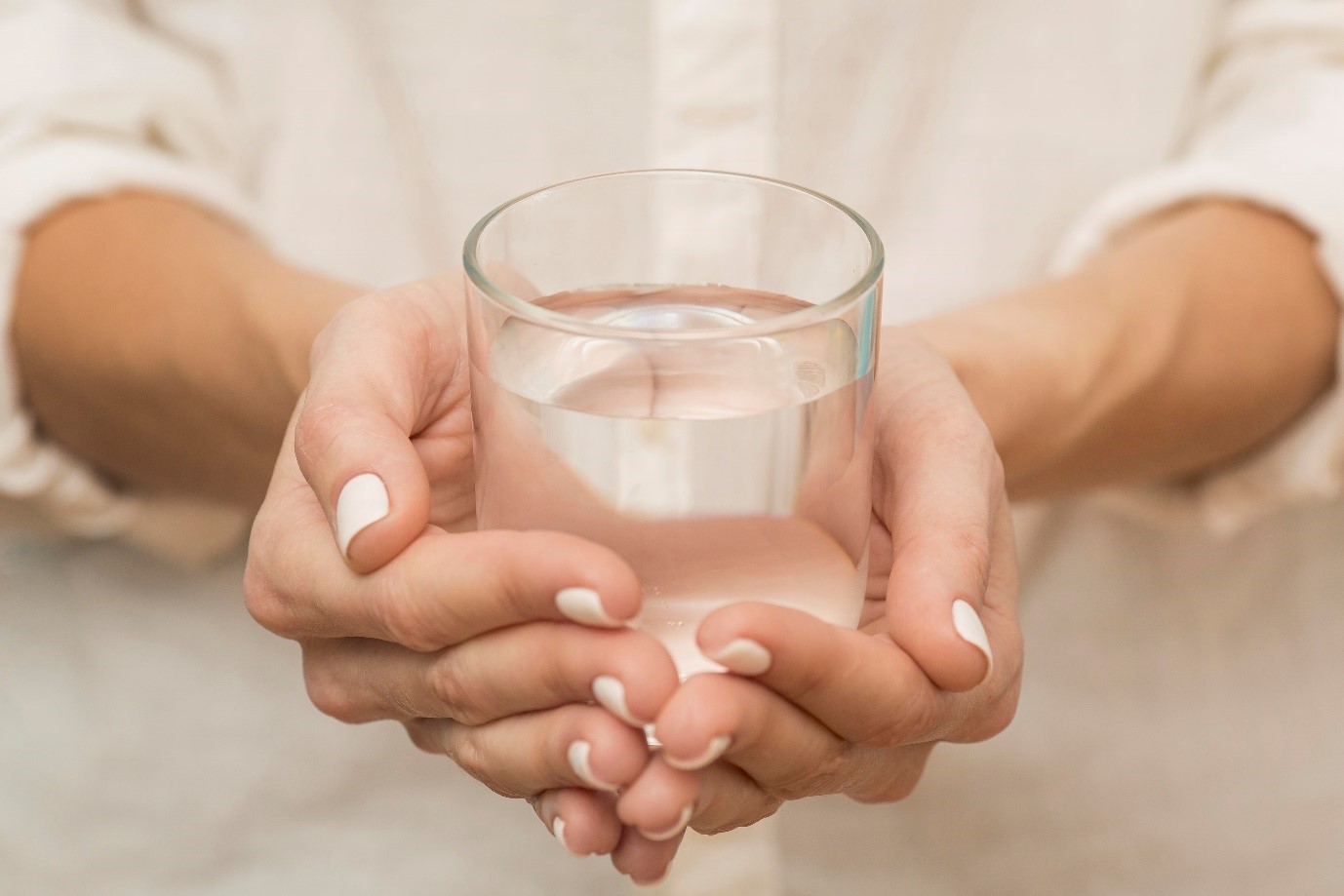Exploring the History of Water Purification: From Ancient Techniques to Modern Innovations
- Posted on

If you believe that the water purification system is a modern development, you couldn’t be more wrong.
For centuries, mankind has faced the challenges that dirty drinking water poses. Our forefathers didn’t have modern technologies, and they were unaware of the chemical pollutants that make drinking water unsafe for consumption. Still, they were not short on water purification techniques and could achieve the same level of water purification as today’s.
This blog is an insight into the past, where we will discuss the types of ancient water purification methods, their transformation, and the evolution of sophisticated modern innovations.
History of Water Treatment
The history of water treatment goes back to 2000 BC, which has been confirmed by several ancient Greek and Sanskrit transcriptions that clearly mention water treatment through different methods, including boiling, filtration, straining, etc.
As time advanced, other methods, such as the use of alum for particle suspension came into use, which was an Egyptian method. It has been depicted on the ancient tomb walls.
Today, water filters come equipped with a filter bag that stops the sediments from getting into your pure drinking water. Its history can be traced back to Hippocrates, who was a Greek physician. He developed the water filter, known as the “Hippocrates Sleeve,” which is considered the first cloth water filter bag. He used this bag to purify water for his patients. Later, the Romans and others also started their water purification methods.
The history of water treatment is incomplete without Archimedes’ water screw, which is still used to bring up groundwater. It is a screw-like structure around a pipe, which would lever water from a deep surface when rotated.
Types of Ancient Water Treatment Methods
Here are some ancient water treatment methods that will help you glimpse the past of water treatment.
Boiling
Boiling can be construed as the first water purification method, as it was a popular practice in ancient civilizations. It might not fully eliminate the contaminants from water, but it has been proven to kill most harmful microorganisms effectively.
Filtration with Natural Materials
Ancient societies utilized sand, gravel, and cloth as purifying agents. Sand and gravel act as permeable layers for water purification. The sand and gravel leave little space, allowing water to pass but holding solid particles back. The same applies to cloth, as the fabric has tiny spaces between threads, which work as a better purifier. However, these methods were inadequate to remove the dissolved particles. However, it can be said that the ancient people were unaware of the chemical contamination of water, and thus, the methods worked for them.
Storage in Copper Vessels
In India, water is still stored in and poured from copper vessels. Copper is believed to have anti-microbial properties, effectively cleaning the water and making it safe for drinking.
Sedimentation
In Ancient Egypt, sedimentation was practiced, wherein alum was used to solidify the particles and make them settle at the bottom of the vessel.
Fermentation
This process was used in ancient China, where they used natural microbes to outperform the bad bacteria and microorganisms in water, making it safe for drinking.
Active Charcoal Filtration
The use of carbon for water filtration can be traced back to 400 BC when ancient societies realized the potential of activated carbon for water purification.
The Faded History of Ancient Methods
The methods discussed above were prevalent from 2000 BC to 500 BC. After that, water treatment took a backseat, and no advancements can be traced to this period. It looks as if the supply of clean water to the public wasn’t a priority, then.
Modern Water Treatment Methods
After learning about the ancient water treatment methods, here is a glimpse into the modern water purification methods used today:
Chlorination
Chlorination is the method of infusing chlorine gas into water, which weakens the cell membrane of the microorganisms and then destroys them. However, it is not effective against all organisms.
Reverse Osmosis
One of the most popular water treatment methods is RO purification. Reverse osmosis emerged as a highly efficient method for removing contaminants by using a semi-permeable membrane.
Ultraviolet Disinfection
UV purification uses an ultraviolet ray to kill the microorganisms in water, making it safe for consumption.
Advanced Filtration Technologies
Other water treatment methods today include ceramic filters, membrane filtration, sand filtration, etc., which can be called as the perfect fusion of ancient technologies into modern purification.
Water Purification at ZeroB
The history of water purification reflects the resilience of human ingenuity in addressing a fundamental need for clean water. The journey from ancient practices to modern innovative ones has been quite dramatic. However, the biggest takeaway is that water purification has remained constant from ancient to modern times.
ZeroB has been an industry pioneer of water purification for years and aims to take water purification to new levels, making it affordable for every household so that every household has access to safe and pure drinking water.
For more details about our offerings, contact us now!







